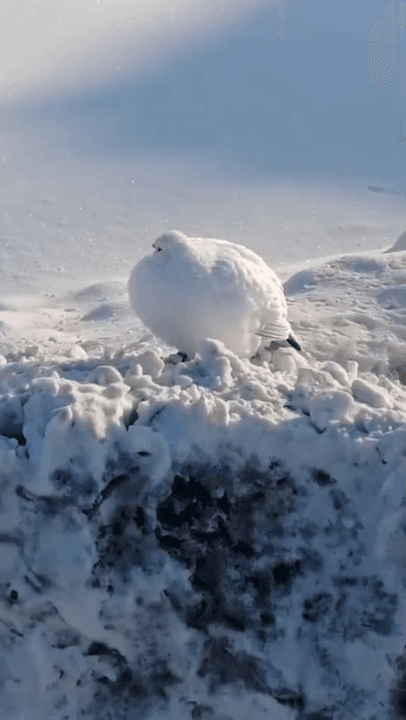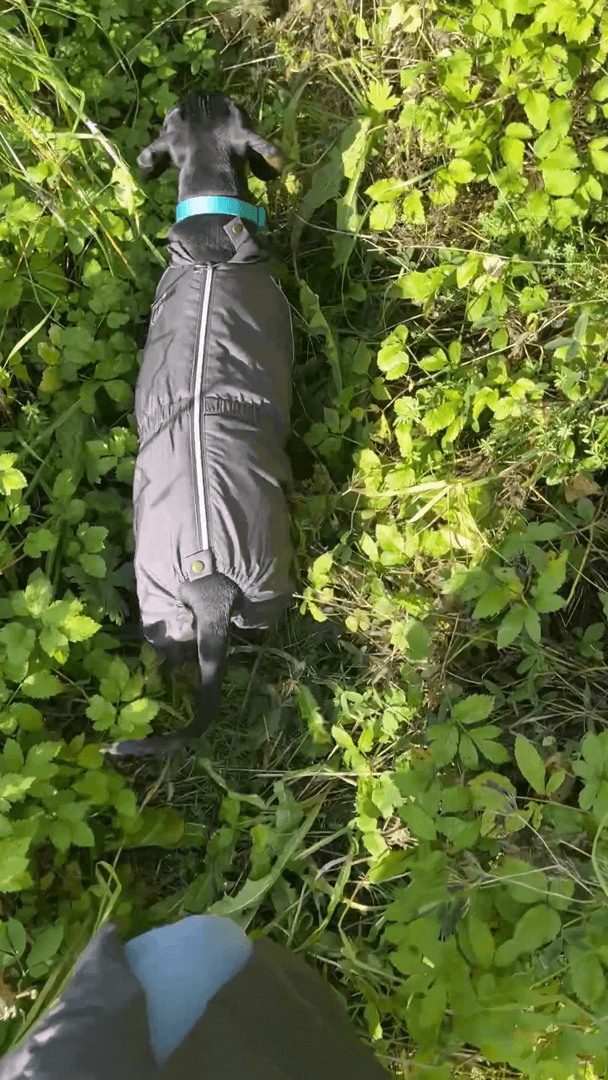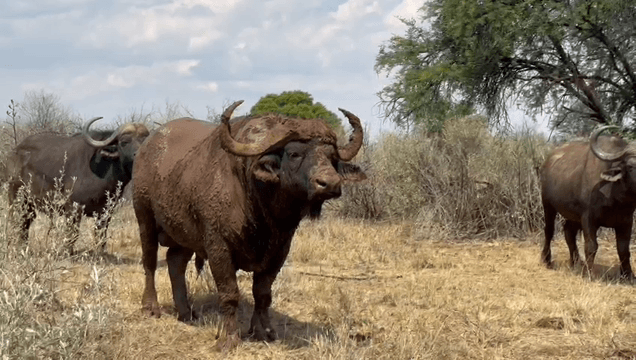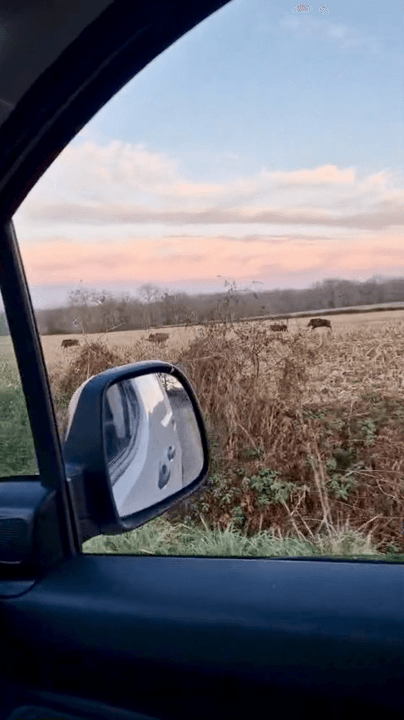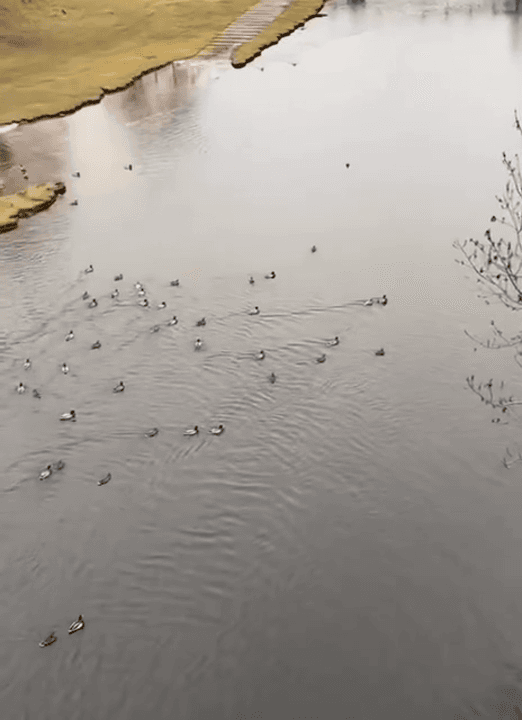
Taranaki hunting spots you can’t miss: types of hunting and animals, laws and regulations in the region, season, hunting season, associations and clubs Terrain and natural properties of the area: unique ecosystems that attract hunters The Taranaki region is formed by the extinct volcano Taranaki (2518 m), surrounded by the Egmont National Park. Its slopes are covered with subalpine meadows and forests, home to deer and wild boar. To the west are fertile plains and marshes suitable for waterfowl hunting. The Waitara and Mokau rivers attract ducks and geese, and the Tasman Sea coastline attracts seabirds. Taranaki: hunter demographics Taranaki is home to about 130,000 people, of whom about 5-7% hunt regularly. The majority are men between the ages of 25-55, but there are a growing number of women and youth involved in wildlife population management. Features of hunting in Taranaki: techniques that make hunting a real challenge - Terrain : Steep volcano slopes require physical fitness
Post: 14 May 12:27










